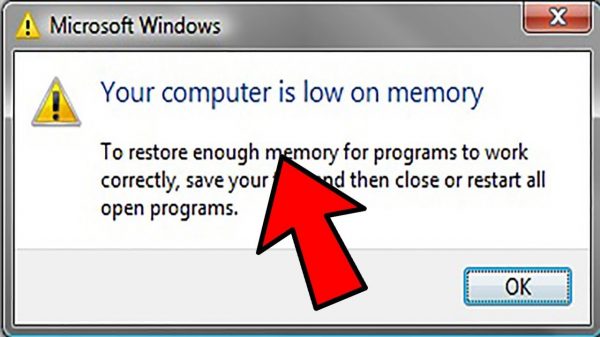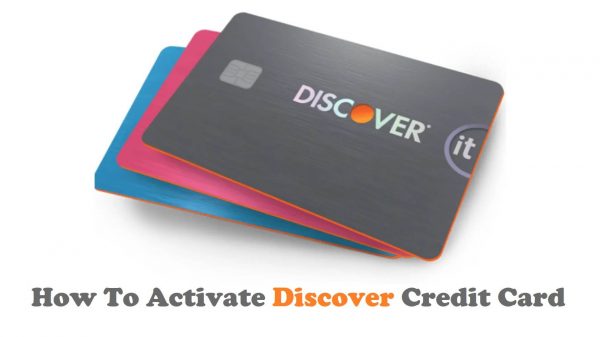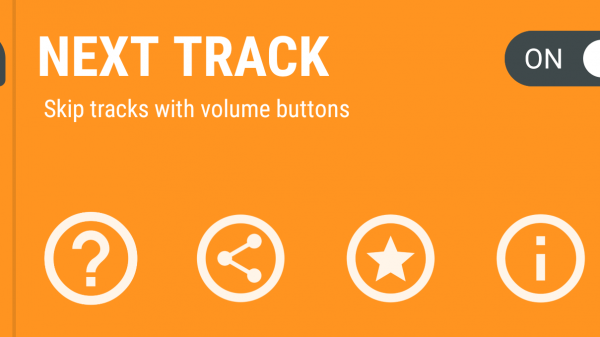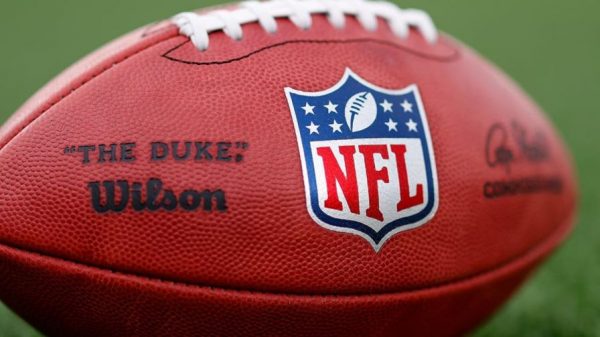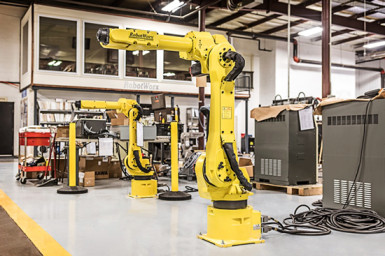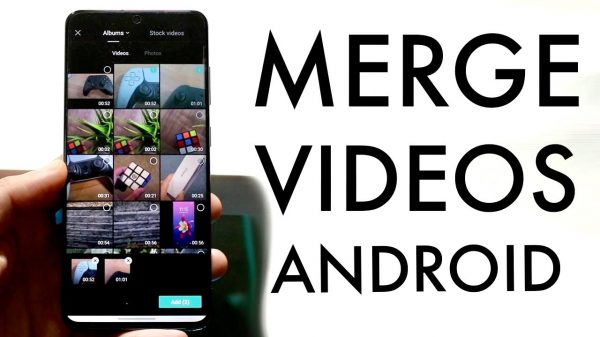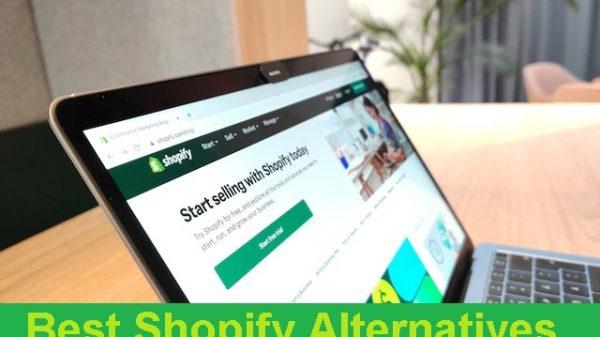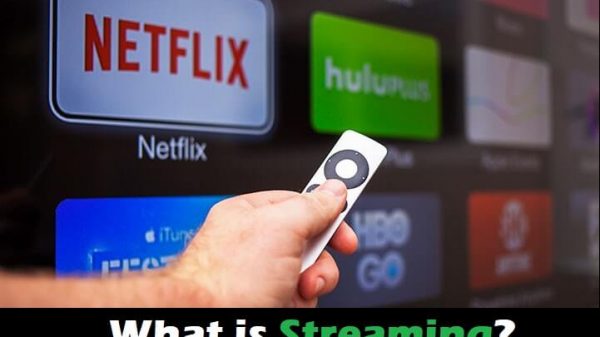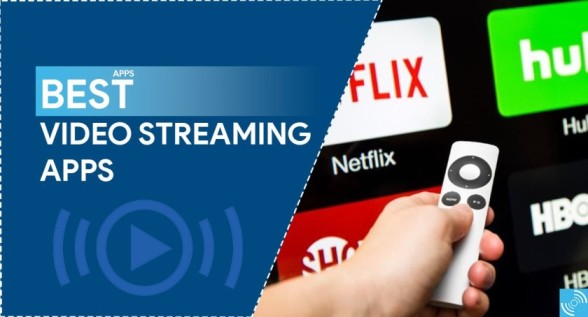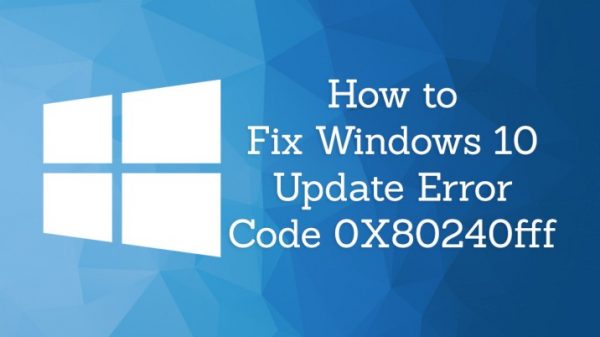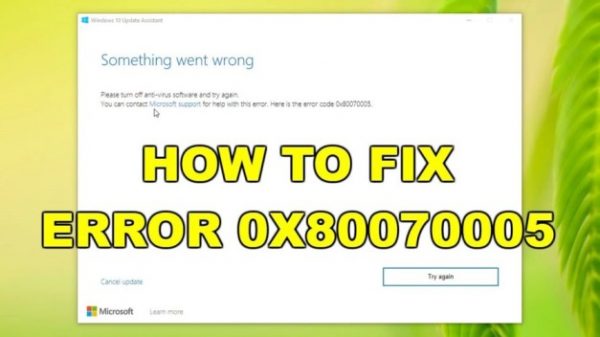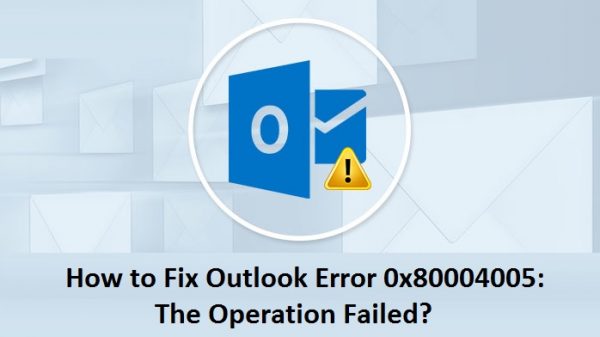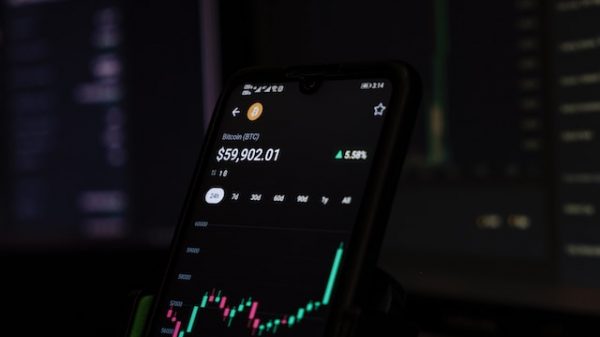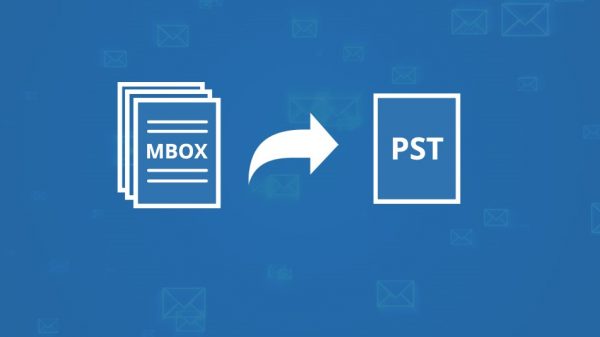Fleet management integrated with IoT is what’s driving the industry towards the path of progression and advancement.
Not only has IoT been exuberantly convenient for the managers, but it has also left its customers highly satisfied and content.
On a user level, IoT can help you manage your fleet remotely from anywhere. When handling large fleets, IoT can help with data sharing, security, inventory management, increased efficiency, and productivity.
Since IoT is all about connectivity, it provides managers and workers access to the information they require at any point in time.
Enhanced Customer Experience In IoT Integrated Fleets
When it comes to managing a fleet, it is not all about executing the tasks successfully but also catering to the overall customer experience.
This is where the integration of IoT hops in the picture. With IoT, fleets can enhance their overall customer experience as the supply-chain visibility is significantly improved.
The power to track fleet assets in real-time has become increasingly paramount as companies seek to render more accurate estimated times of arrival to their customers, drive efficiencies, and enhanced overall customer experience.
Customer expectations are evolving as more data has become available through IoT-enabled solutions. This data goes beyond merely knowing where an asset currently lies.
The data includes knowing what disruptions could alter the ETA and devise ways to navigate through these disorders, driver behavior that might impact the delivery timeframe, and vehicle maintenance.
You need a solution that can come up with this granular level of intellect and can be integrated seamlessly into the firm’s transportation management to ensure optimal utilization of that information.
Industries are primarily dependent upon effective transportation management practices that ensure on-time delivery alongside improved service levels as-well-as customer satisfaction.
IoT integration is a vital resource for fleet management companies to achieve out-of-the-box offerings across multiple aspects.
Customer Expectations And IoT-Integrated Fleet Management
The global market for IoT applications is constantly on the rise, with the latest use cases being developed at a rapid pace.
Customer expectations trigger the need for IoT-enabled solutions, which, as for now, are underutilized within the fleet management industry.
The modern-day customer seeks some core capabilities from a fleet management solution. The software must be potent enough to integrate with the enterprise and supply-chain applications.
The software also needs to be scalable; it must include embedded analytics, and use machine learning for scheduling purposes and route optimization.
The management tool must be able to blend in well with heterogeneous environments at the device level for the fleet with telematics devices as-well-as IoT sensors.
The integration between management software and IoT must provide security and privacy at all costs.
Fleet Management Capabilities With IoT Integration
The customer expectations these days translate to a huge diversity of fleet management capabilities. Specifically, every time assets are on the move; data must be provided to optimize functional operations.
Both fleet safety and route optimization are paramount factors to consider in this case. Usually, customers find it difficult to understand the data they are gathering from their assets.
However, when congregated with artificial intelligence, a decent IoT application can interpret the data to enhance asset performance.
By implementing telematics, companies can track and render real-time visibility into the precise locations of assets within the fleet. This facilitates more accurate communication while conveying ETAs to customers.
Real-time tracking also helps achieve better route planning. If there are delays en route, trucks can be re-routed with a constant updation of delivery times.
This way, the customer can know whether they require a dock door open or can easily have yet another delivery slide into that place.
This improvised communication elevates customer satisfaction and reduces lost time at the warehouse.
An IoT-enabled fleet management solution also helps monitor driver behavior. Sensors within the truck can keep an eye on dangerous driving behavior, including harsh braking or acceleration.
This insightful data can be utilized to match drivers with appropriate deliveries. IoT-enabled fleet management solutions also include schedule management, cold chain monitoring, warehouse and yard management, in-plant safety management, and last-mile delivery.
End-to-End Application Integration
Every customer has certain expectations from an IoT-enabled fleet management solution. For a solution to meet those expectations, it needs to be completely scalable and capable of integration.
The complete integration process includes routing and optimization, exception management, visibility, transportation asset management, as-well-as performance management.
The IoT platform that is needed to enhance this solution must connect easily to the ERP system in use in your firm so that the data can be used to elevate performance.
Customers demand a solution that can seamlessly integrate with sensors in the trucks for real-time asset monitoring, including health maintenance.
These sensors provide a wide range of data about the fleet vehicle, which includes driver safety information, temperature regulation for cold chain, as-well-as alerts for maintenance on various aspects of the vehicle.
The end-to-end integration is a must to facilitate end-to-end visibility of the firm’s global logistics.
You can buy dispatch software here by visiting Samsara, who undeniably is the leader of Industrial IoT.
Benefits Of IoT Integrated Fleets
Keeping track of fleet assets in real-time is a problematical endeavor, but something that can yield results.
An IoT-enabled fleet management solution can help deliver real-time visibility into asset location for efficient ETAs. Moreover, it provides real-time alerts on exceptions or violations.
Machine learning and artificial intelligence enhance route planning and execution, vehicle maintenance scheduling, but they also automate decision making.
The final result is more accurate fleet tracking, reduced wait times at destinations, efficient vehicle utilization, and helps save expenditures from proactive maintenance.
Final Words
An IoT-enabled fleet management solution can ameliorate visibility and versatility for firms across multiple industries, irrespective of the size of the fleet.
Versatility is vital, as each industry deals with its own set of unique requirements in the realm of fleet management and integrated logistics.
The implementation of an IoT-enabled fleet management solution boosts performance by elevating asset visibility and vehicle utilization.
It also helps reduce wait times at destinations and provide proactive maintenance-related cost savings.

